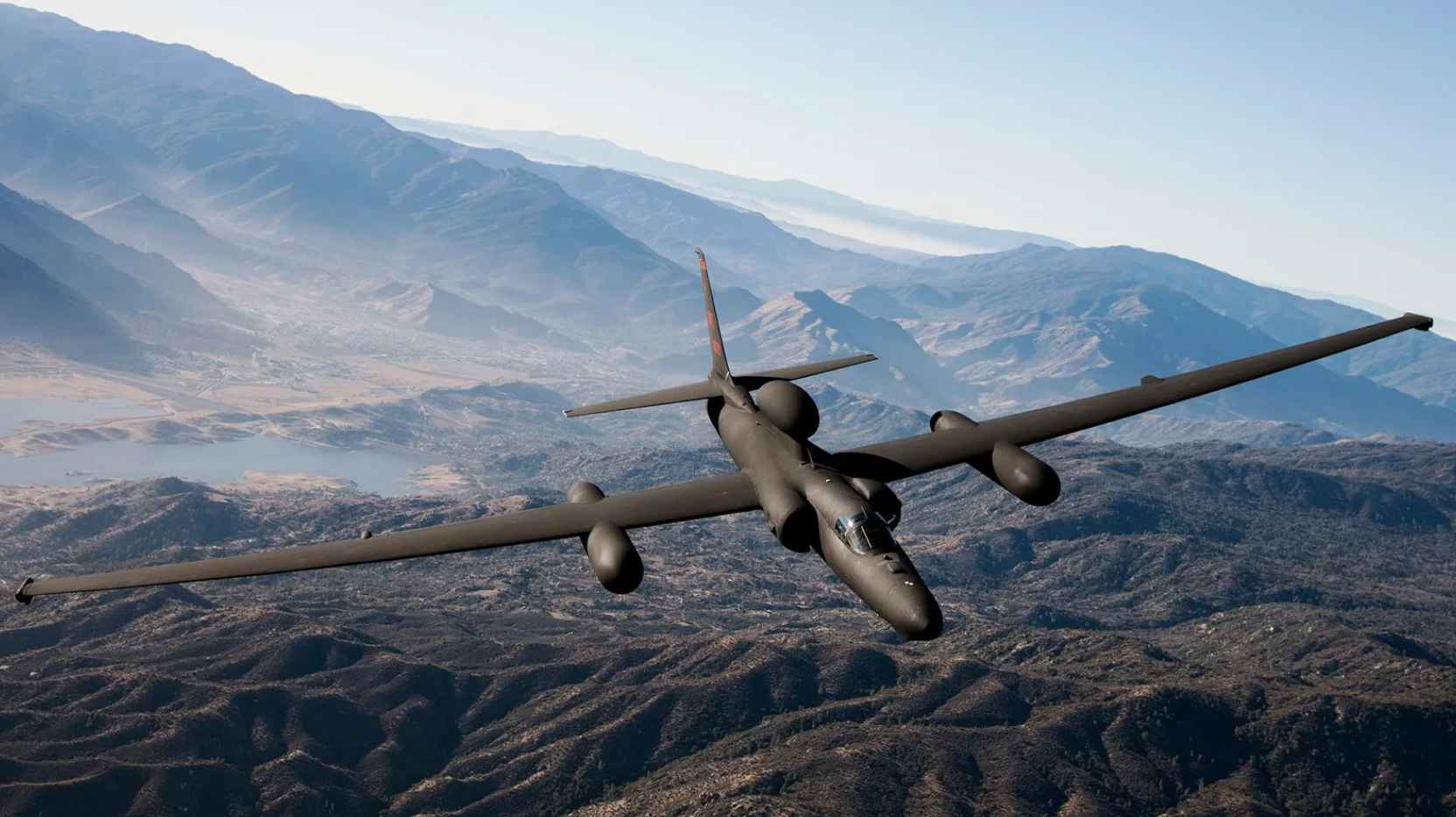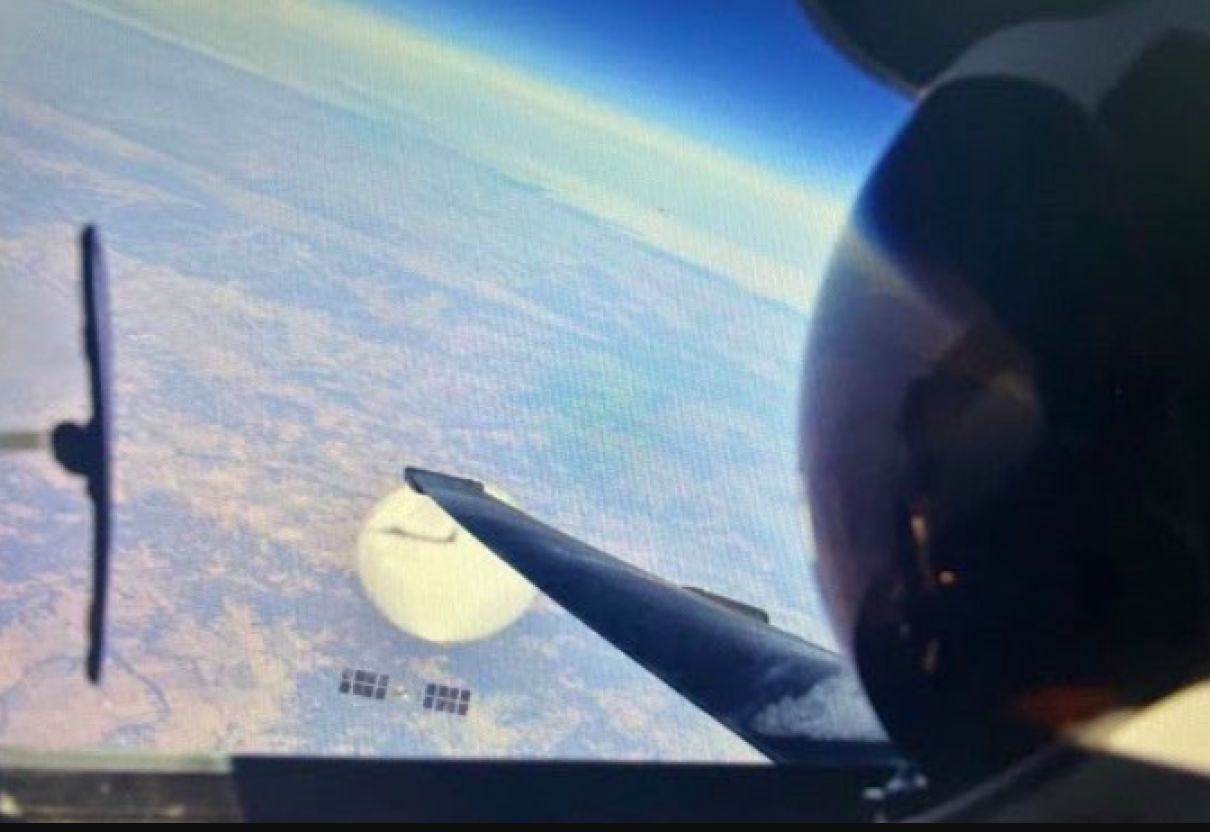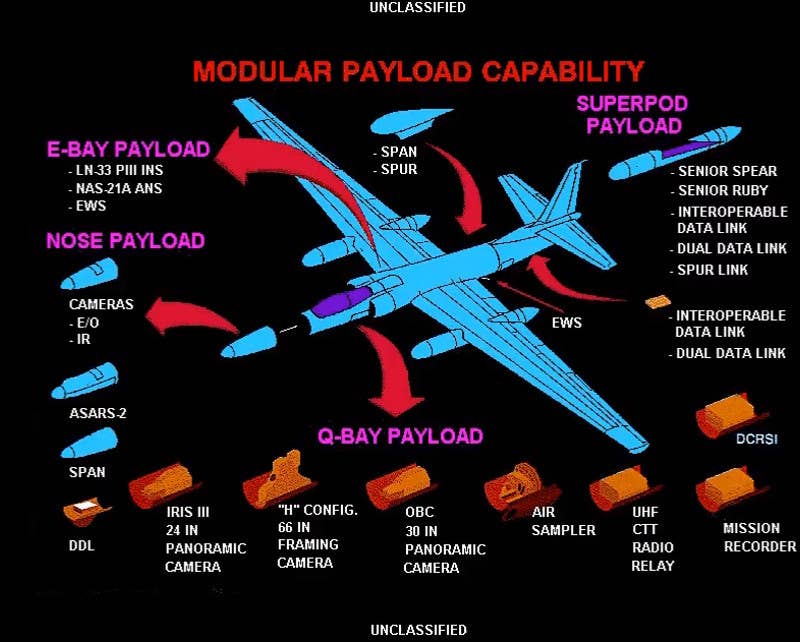The U2 Dragon Lady spy plane of the US Air Force, which was the mainstay of US surveillance operations in the former Soviet Union and China during the Cold War era, could soon be facing the axe after several decades in service.
Due to budget concerns, the US Air Force is reportedly planning to retire its collection of venerable U-2S Dragon Lady Spy planes by 2026. The RQ-4 Global Hawk drones are also likely facing the axe.
The Air Force recently unveiled its most recent budget proposal, which calls for decommissioning 310 aircraft but noticeably omits the U-2. Currently, the Air Force operates about 27 U-2s, including a limited number of two-seat TU-2S trainers.
The service stated in 2021 that it intended to retire the U-2s by 2026. But, when it unveiled its budget proposal for the 2023 fiscal year, it omitted any such plans for the spy plane.
This first raised the possibility that the Air Force had altered its mind and opted to keep the Dragon Lady. The U-2 Dragon Lady is the highest-flying aircraft in the US Air Force.
These spy planes debuted in the 1950s and have since been the mainstay of USAF operations.

The aircraft hogged the limelight recently when the U-2S ‘Dragon Lady’ high-altitude reconnaissance aircraft was dispatched by the US Air Force (USAF) to monitor and gather intelligence on the Chinese surveillance balloon on February 4.
A US defense official confirmed that the U-2S was used as part of the broader response to the Chinese surveillance balloon.
The U-2 is a classic American aircraft with a dramatic past that dates back to the Cold War era. Since the middle of the 1950s, the US has been flying U-2 spy planes over Soviet territory.
The U-2’s capacity to cruise at an altitude of 70,000 feet, which for years remained outside the reach of the Soviet air defense systems and fighter jets, enabled the Americans to fly into the Soviet airspace with impunity while both sides were aware of what was happening.
The US Central Intelligence Agency (CIA), based on inaccurate predictions that Soviet radars could not detect the U-2 at 70,000 feet, started sending frequent U-2 flights over Soviet territory in 1956. At the time, the Soviet air force scrambled its MiG-15s and MiG-17s to intercept the spy plane but was unsuccessful.
The Soviet radars were, nevertheless, picking up the flights. Soviet forces shot down a U-2 Spy plane piloted by Francis Gary Powers of the USAF and detained him. This came as a massive embarrassment to the United States.

Years later, the US Central Intelligence Agency (CIA) hatched a plan in conjunction with the Republic of China (ROC) or Taiwan to fly surveillance missions with the U2 Dragon Lady’ Black Cat’ squadron over the People’s Republic of China, which was projected as a potential adversary of the United States, at the time.
However, as fate would have it, at least five U-2 Spy planes were shot down by the Chinese military, and several Taiwanese pilots lost their lives throughout the mission. The US has since refused to publicize more details about the unsuccessful mission.
The lustrous and long life of the U-2 spy planes, however, may finally be coming to an end even though the USAF has stopped short of explicitly mentioning it.
End Of Service Life For U-2s?
The U-2 series has demonstrated exceptional adaptability since its debut in the 1950s. The modern U-2S model can be customized to carry a variety of sensors and other payloads. According to reports, the Dragon Lady has recently been working on acquiring even more sensor capabilities.
The usage of U-2s in tasks unrelated to ISR has also increased recently. This includes serving as a powerful gateway node for data-sharing and aerial communications and acting as a test bed for upcoming artificial intelligence-powered software and data-processing capabilities.

However, the reports suggesting the retirement of the U-2 Spy plane also indicate that the top-secret, high-flying, stealth espionage drone known as the RQ-180 could be nearing operational status, if not already active.
According to Air Force Magazine, the Air Force developed a sophisticated drone in 2014 to go where the unmanned RQ-4 Global Hawk and manned U-2S platforms are vulnerable. At the time, Lt. Gen. Bob Otto, now retired, was the service’s deputy chief of staff for intelligence, surveillance, and reconnaissance. Although Otto was not expressly quoted on the subject, the article implied that he had made a specific reference to the RQ-180.
According to reports, the RQ-180 would have the flying wing design of the Northrop Grumman-built B-2 stealth bomber. Some reports indicate that the 172-foot-long drone is allegedly fully functional at the Beale Air Force Base in Northern California.
The U-2 has participated in numerous wars and missions, including those in Iraq and Afghanistan, the Cold War, and the Cuban Missile Crisis. With the modifications received in recent times, it has also transformed into a beneficial asset for the US Air Force.
Even a penetrating strategic drone cannot compare to the importance of the U-2, evidenced by its operational adaptability and capacity for unrestricted use in uncontested or close to semi-contested airspace.
This has, in the past, helped shield the fleet from budget cuts. Whether the U2 Dragon Lady will survive this time remains to be seen.
- Contact the author at sakshi.tiwari9555 (at) gmail.com
- Follow EurAsian Times on Google News





